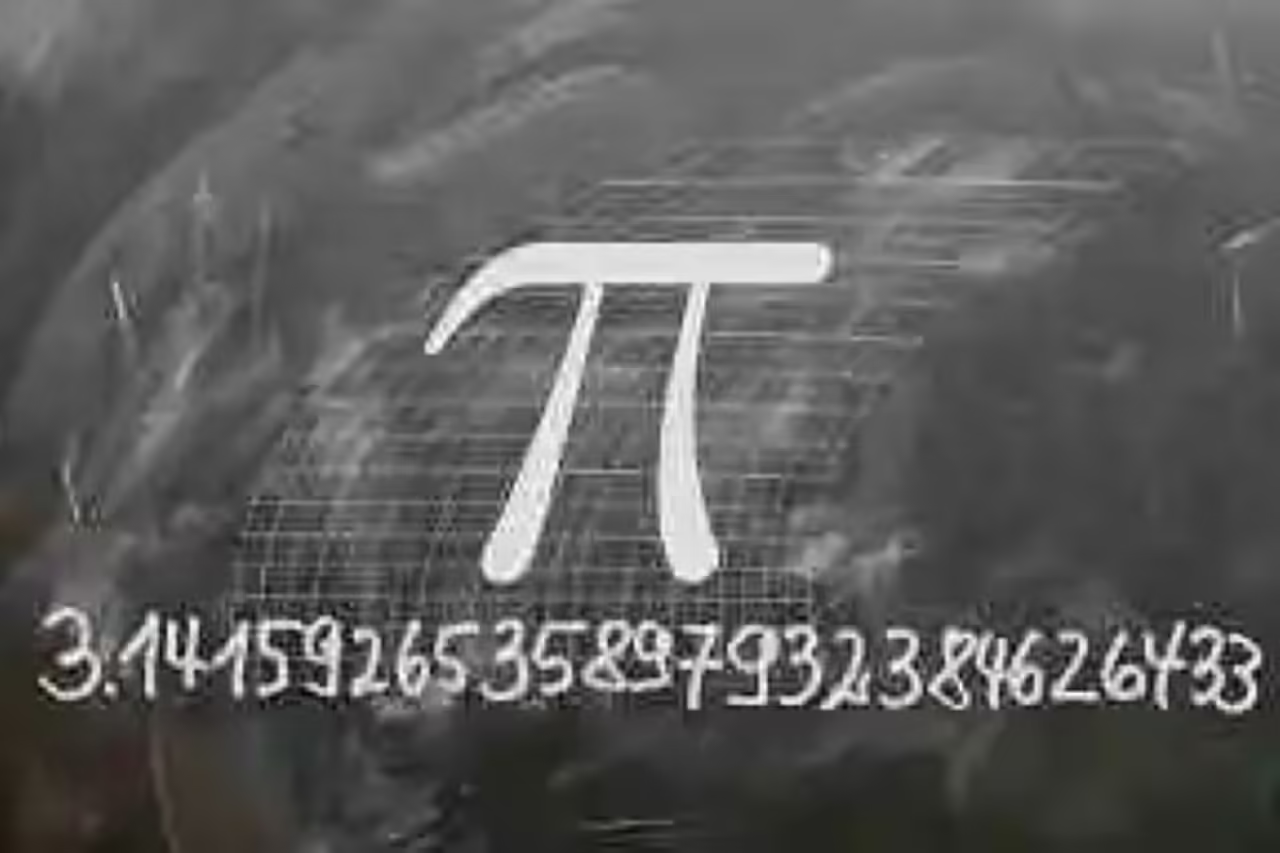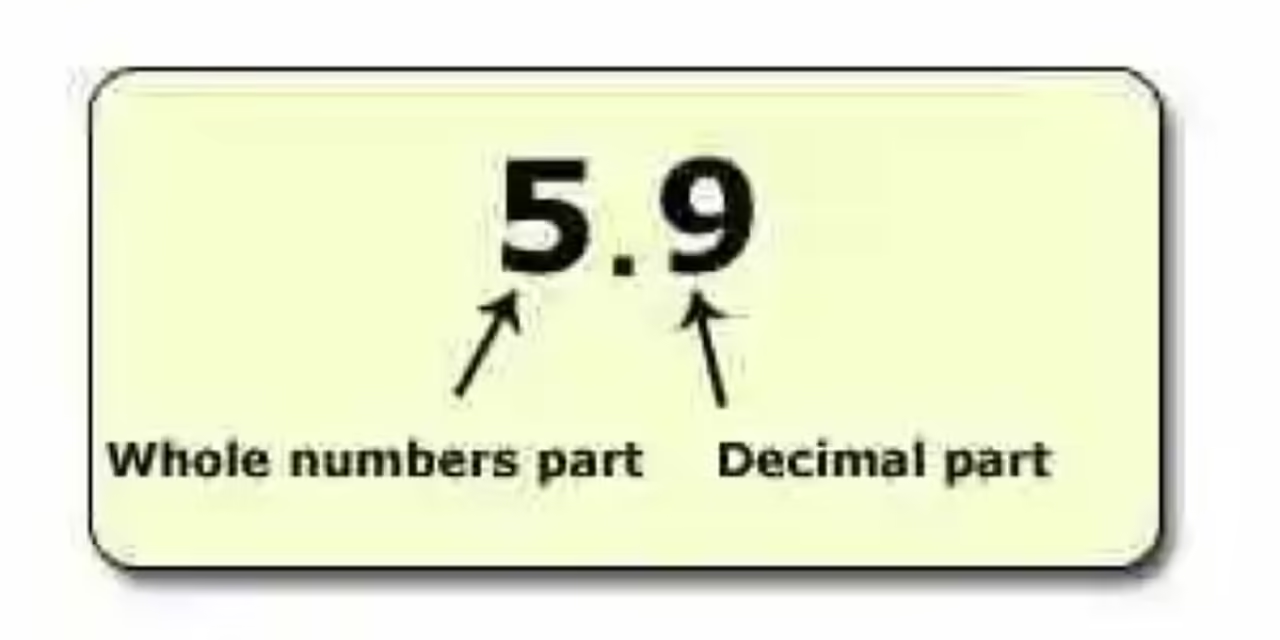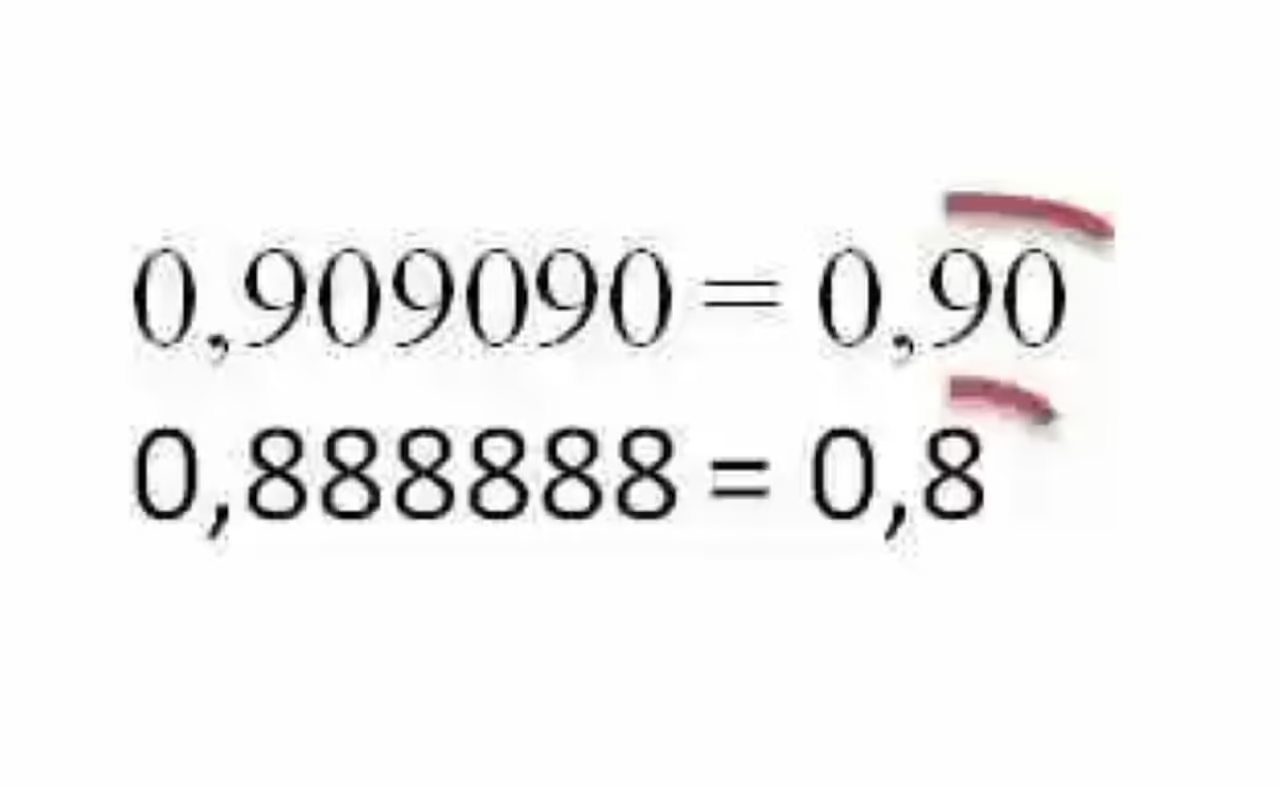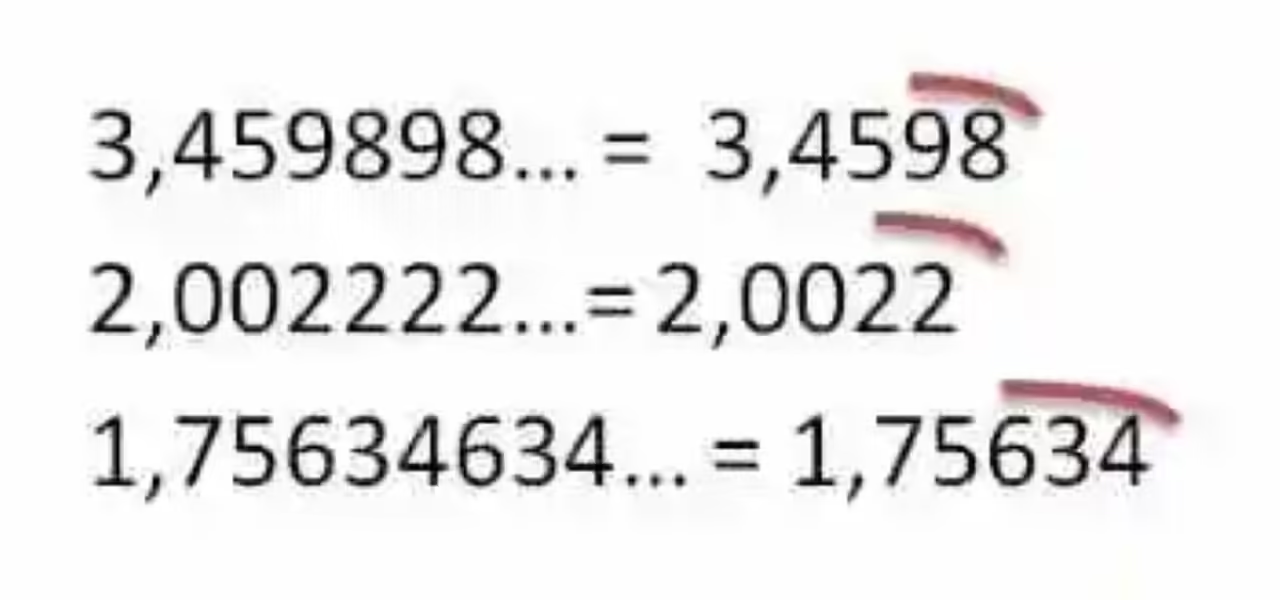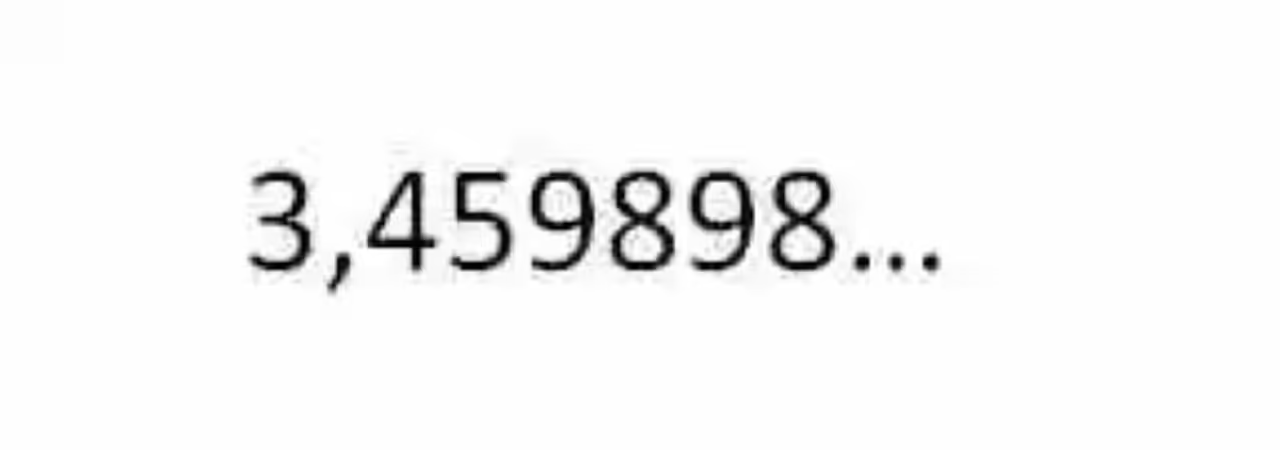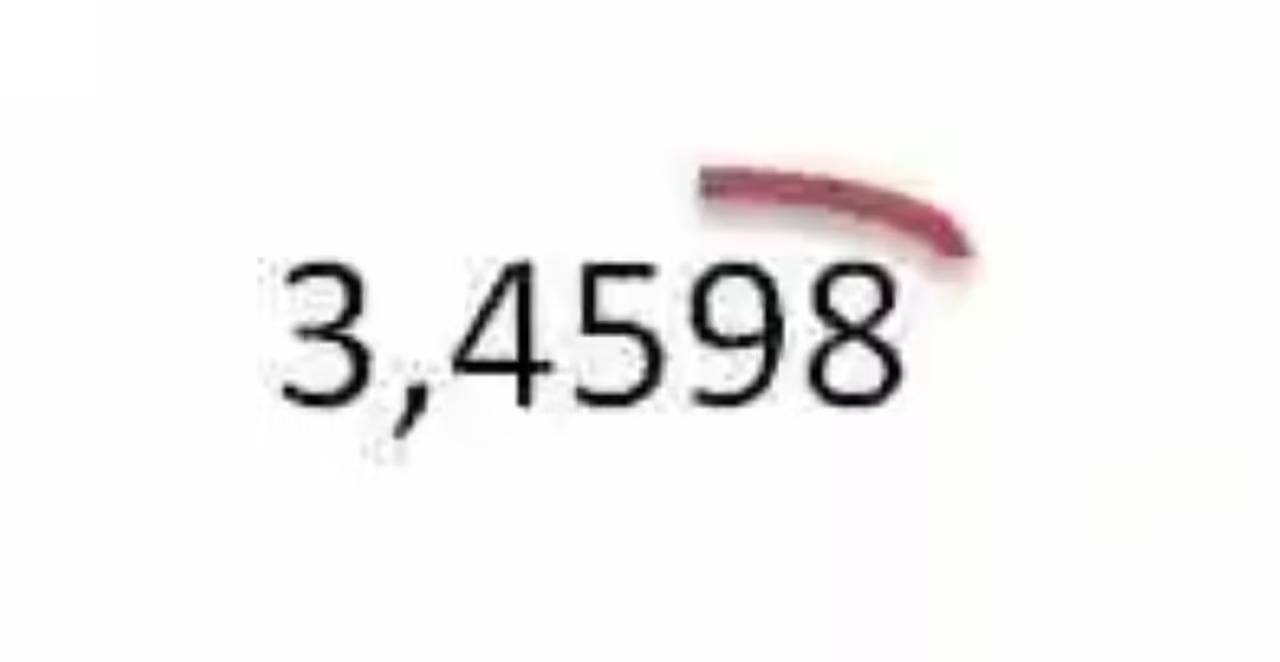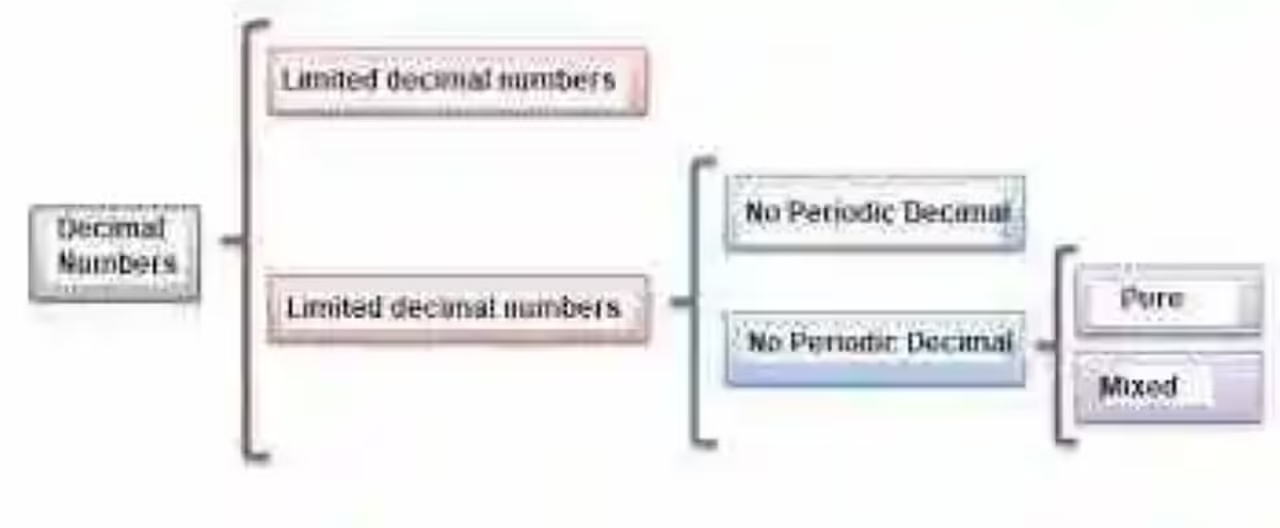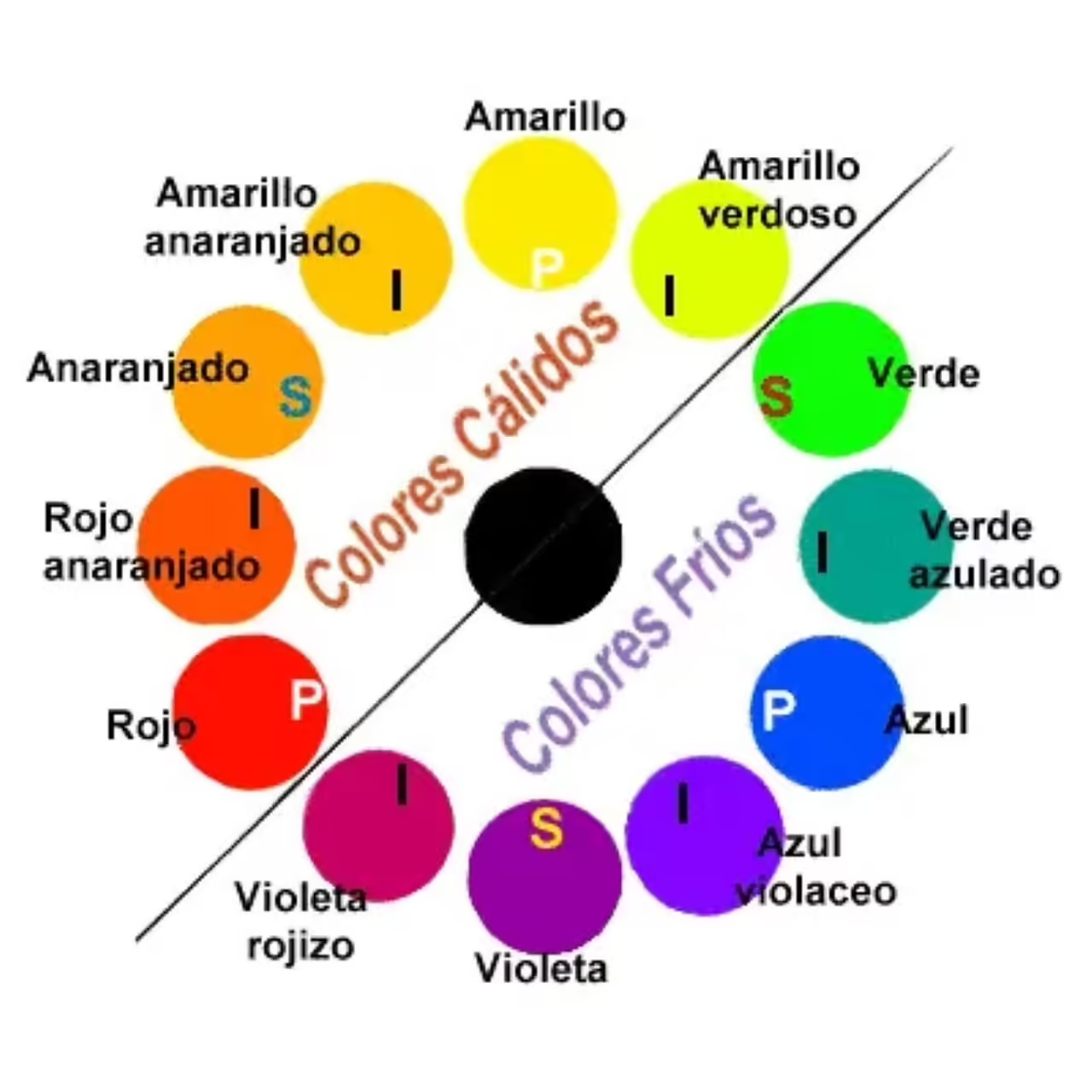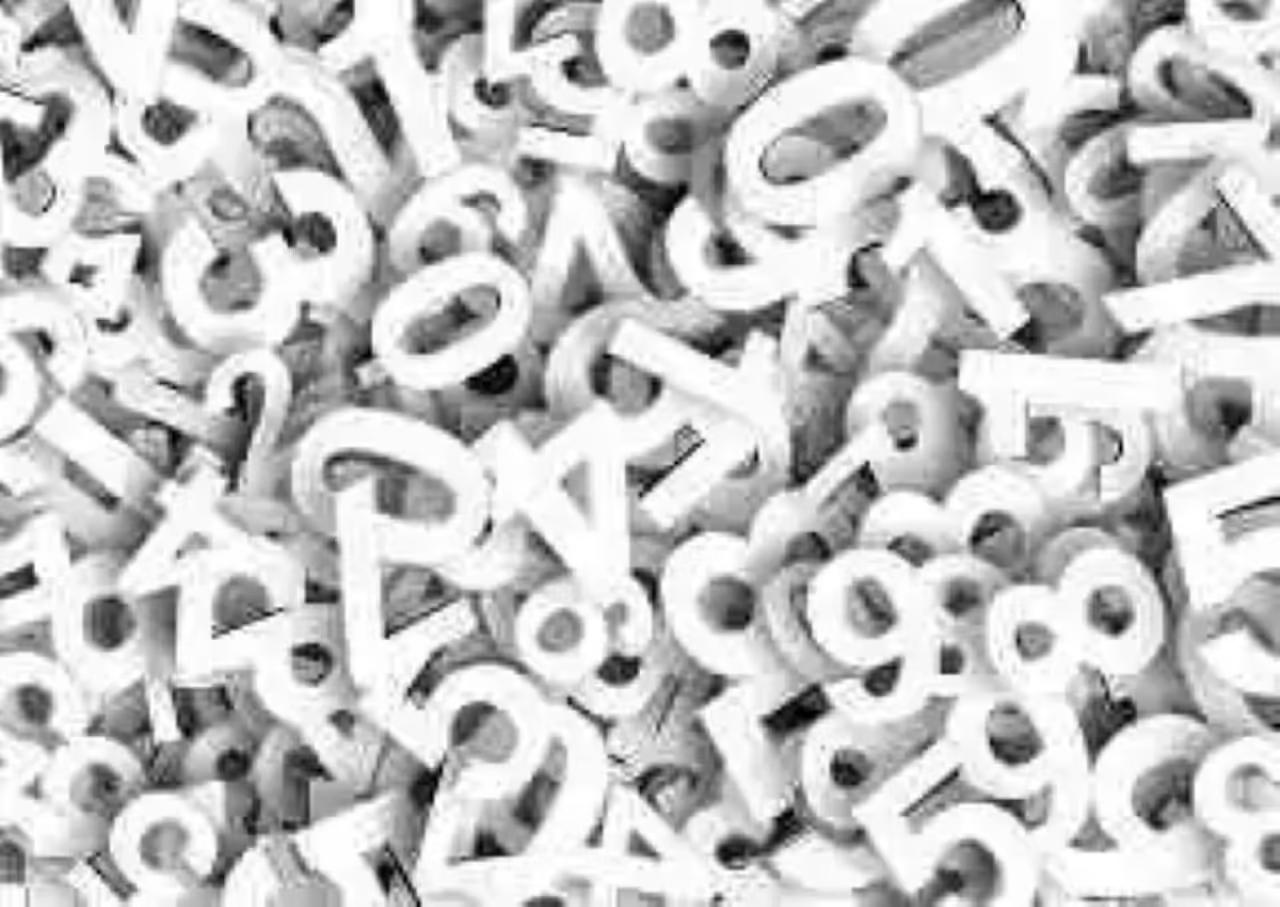Perhaps the best thing to do before explaining each of the types of decimal numbers that exist is to review some definitions that will allow each of your classes to be understood in its precise context.
Fundamental definitions
In this sense, it may also be convenient to delimit this theoretical revision to three specific notions: decimal numbers, rational numbers and irrational numbers, since these concepts will help to understand later each of the types in which Mathematics considers decimal numbers classified. Next, each one of them:
Decimal numbers
In the first place, the decimal Numbers will then be found, which will be composed by a part that receives the name of units, constituted by integers (positive, negative and even zero) and a part called incomplete units, conformed by non-exact quantities, inferior to the unit, and understood between 0 and 1.
Both parts will be related and united by the comma -and in occasions the point, depending on the school or mathematical current that corresponds- being annotated then the integer numbers to the left of the comma, while the decimals (tenths, hundredths and thousandths) will correspond the right side of the comma.
Rational Numbers
Likewise, Mathematics will define rational Numbers as the written form in which the quotient of a fractional number can be expressed, that is, the quotient of dividing the elements (numerator and denominator) of a fraction. This quotient is usually written down as a decimal number, whether it is a finite decimal or a periodic decimal.
Irrational Numbers
Finally, it will also be necessary to throw lights on the definition of the irrational Numbers, which will be explained in a general way by the different mathematical sources as a number that being annotated in a decimal way, doesn´t have the possibility of being expressed as a fractional number or a fraction, due to the fact that its incomplete or decimal units are infinite, without any number being repeated in them either.
Classification of decimal numbers
Bearing in mind each of these definitions, it is certainly a little easier to approach an explanation of the different types of decimal numbers that exist, which have been identified by mathematical sources as Limited Decimal Numbers and Unlimited Decimal Numbers, and whose main difference will be whether their incomplete units are finite or not. Likewise, each of these classes can be explained as follows:
Limited Decimals
On the one hand, Mathematics will indicate that the limited Decimals will be those numbers composed of units and incomplete units, where the latter -i.e., the decimal part of the number- have a precise number of elements. Therefore, limited decimals will have finite incomplete units, which also leads to indicate that this kind of decimals will be the representation of the possible quotient of a fraction, that is,the way to express rational numbers. Some examples of this kind of decimal numbers will be the following:
0,123
2,1
3,904
5,64
3,75
Unlimited Decimals
On the contrary, the unlimited Decimals will be those decimal numbers, where the incomplete units are infinite. However, even though they are always infinite, the different characteristics of these decimal parts will create two categories: Unlimited Non-periodical Decimals and Unlimited Periodical Decimals,categories that will have the following description:
- Unlimited non-periodic Decimals: on the other hand, this kind of decimals cannot be used to represent the quotient of a fraction, nor can it be represented in this way, since it has an infinite decimal part, which is never repeated, that is to say, it constitutes an irrational number.This kind of unlimited decimal number is also known as aperiodic or non-periodic.
- Periodic Unlimited Decimals: However, within the Unlimited Decimals there may also be some whose decimal part is infinite,but is repeated periodically. Within this class of unlimited decimal numbers, which will constitute rational numbers, two subtypes can be found:
- Pure periodic: when the first number of the period that is repeated in the incomplete units of the decimal number is just after the comma. For example:
- Mixed periodic: on the other hand, mixed newspapers -also known as semiperiodics- will be composed of some numbers that are not repeated, and then of them by the first number of the period that does. Consequently, the first number of the period will be far from the comma. For example:
Unlimited decimal number notation
Unlimited decimal numbers – both periodic and non-periodic – must be annotated followed by three suspension points, indicating that incomplete units extend infinitely. Unlimited periodic decimal numbers may be annotated in two ways:
On the one hand, the number may be annotated with two or three repetitions of the period that is repeated in its incomplete units, followed by the suspension points, which indicate that the number continues infinitely:
Or there is also the option of writing down only one of the periods, wrapped by a sign, used to indicate that the number or period wrapped by it is repeated:
Scheme of the classification of Decimal Numbers
Consequently, in order to propitiate their understanding, one can make a scheme of how Mathematics has classified the Decimal Numbers, which would then look like the following:
Image: pixabay.com
